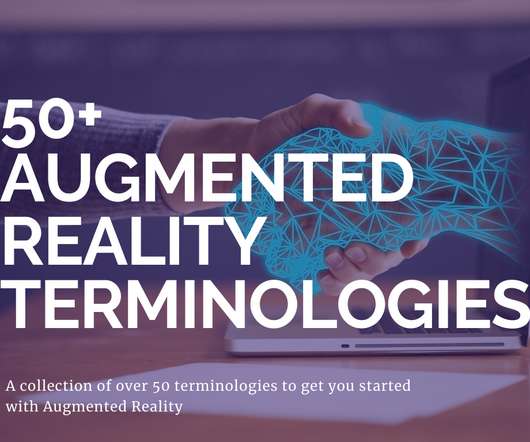Top 50 Terminologies related to AR/VR
ARVR
DECEMBER 1, 2020
A form of non-verbal communication through the body (typically the hands or head) that, when tracked by a motion sensing device, can be interpreted as movement and mirrored in virtual reality. Google Poly ?—?a measures orientation and angular velocity; for ARCore-capable smartphones, it helps enable motion tracking.











Let's personalize your content